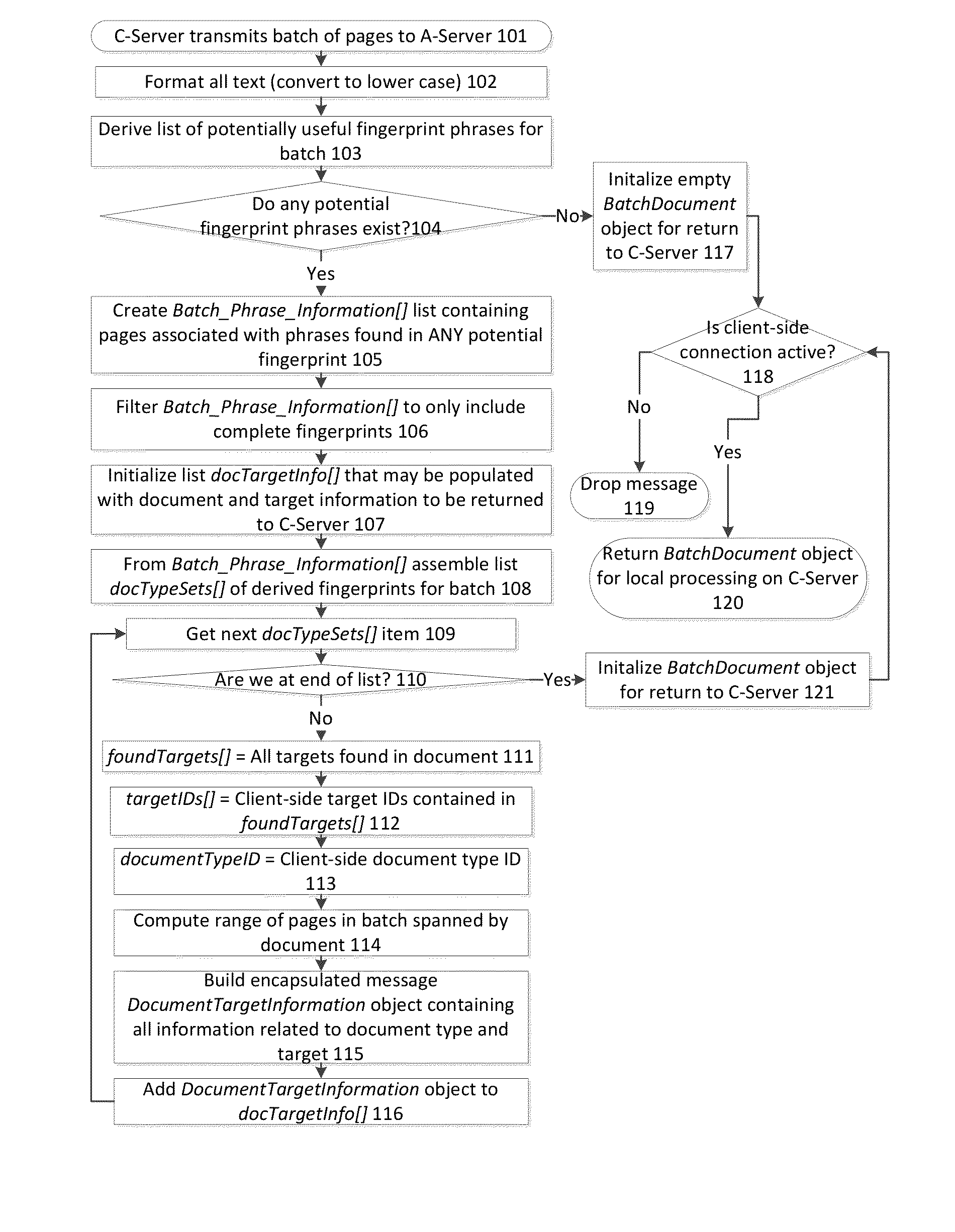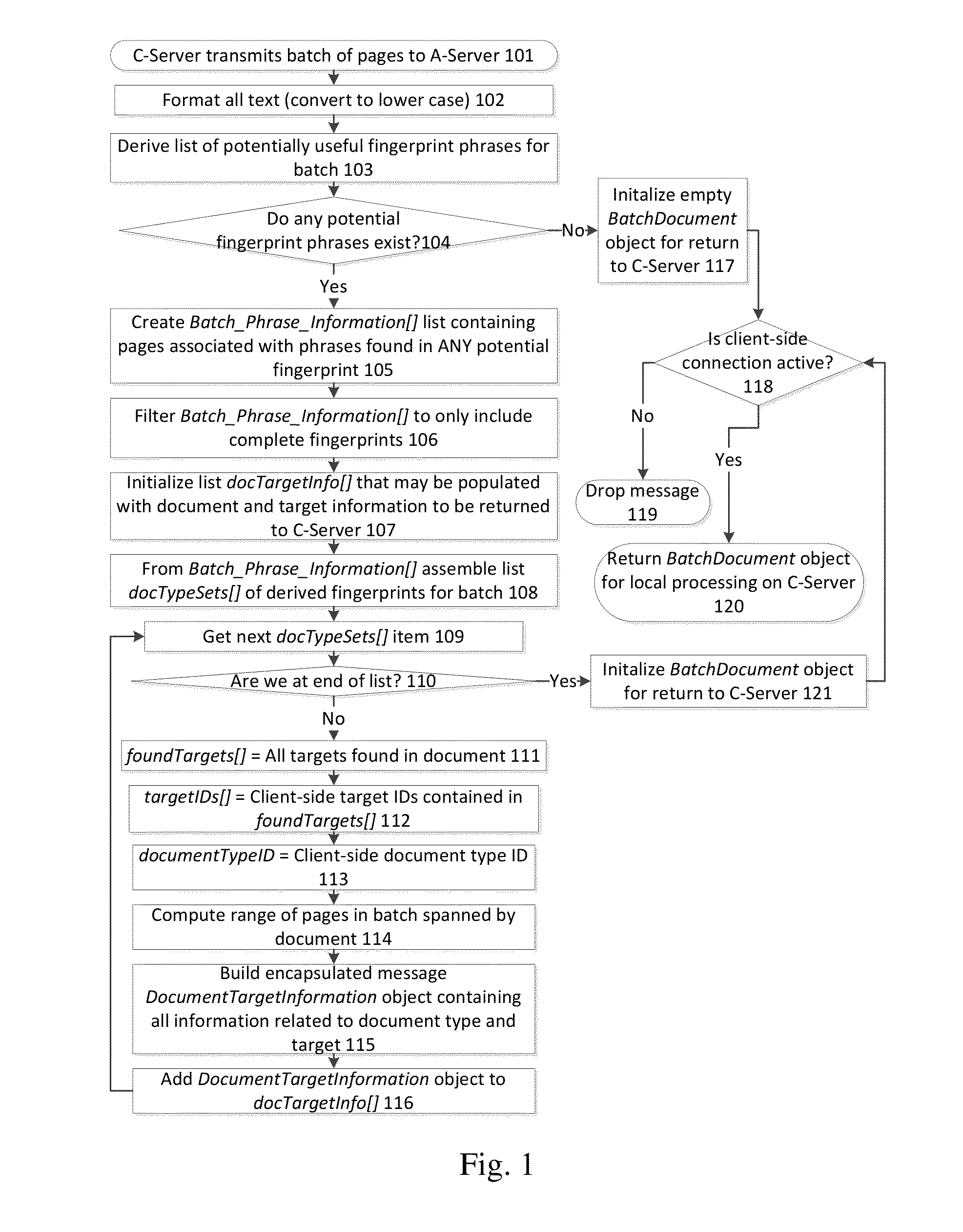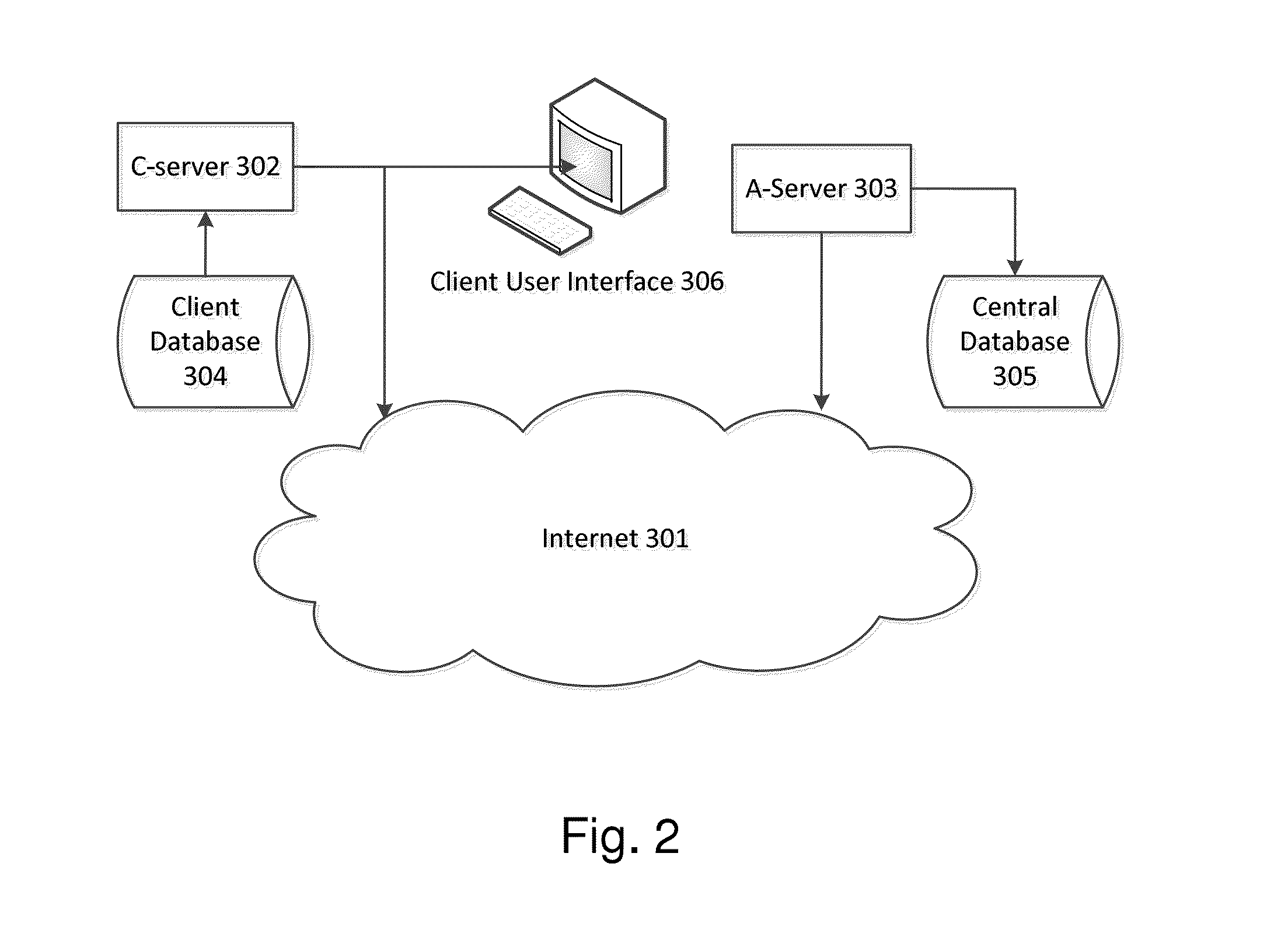Terms (words) that occur in every document obviously do not convey much useful information for classification.
Optimal
feature selection coupled with a
pattern recognition system leads to a combinatorial problem since all combinations of available features need to be evaluated, by actually training and evaluating a classifier.
Obviously the wrapper strategy does not allow learning of parametric feature transforms, such as linear projections, because all possible transforms cannot be enumerated.
However, these joint criteria are usually accompanied by a parametric, such as
Gaussian,
estimation of the multivariate densities at hand [13, 29], and are characterized by heavy computational demands.
However, greedy algorithms based on sequential
feature selection using any criterion are suboptimal because they fail to find a
feature set that would jointly optimize the criterion.
For example, two features might both be very highly ranked by the criterion, but they may carry the same exact information about
class discrimination, and are thus redundant.
However, it is not an optimal representation for classification.
LSI / PCA is completely unsupervised, that is, it pays no attention to the class labels of the existing training data.
However, as PCA, the method is completely unsupervised with regard to the class labels of the data, and it is not able to enhance
class separability.
One high barrier in applying LDA directly to document-term data is the computational complexity of the
processing.
In some cases, users may accidentally or intentionally establish redundant document classifications.
On the other hand, if the string is unreliably present in any class, and unreliably absent in any class, then it has low distinctive power.
Indeed, it is possible to
mask or eliminate, at the
client side, various types of personal information, since such information may be unnecessary for the classification task.
However, when a new document which is statistically marginal for a reliable classification is encountered, the
system may access previously classified documents, especially those associated with training data, to recalculate the appropriate signatures for use.
OCR rubberbanding may be useful for use with structured forms, which have a consistent
layout, but believed by the inventors to be significantly less helpful for unstructured or semi-structured documents, in which information is provided in potentially inconsistent ways and places.
Occasionally, a determination of a respective document type is not made successfully after the system evaluates the document, substantially as described above.
For example, documents may have blemishes (e.g., streaks from
facsimile machines, coffee stains or other issues), may not be scanned in straight line orientation (e.g., be tilted to one side), or may have graphical artifacts (e.g., resulting from a
low resolution and / or
magnification).
In such cases, a new
fingerprint may be defined which has fewer phrases, even though such
fingerprint may result in a potential lesser degree of accuracy.
Typically, there is only a single A server; however, the A server can be distributed and / or redundant.
This management function gains from centralization, because novel classification issues for each C server may not be novel for the A server, and sparse data from a plurality of C servers may be sufficient to form a reliable basis for classification.
In some cases, a user may have privileges to use the client
user interface software and control the operation of the system, but insufficient privileges to view certain documents.
Indeed, in some implementations, the fingerprints of the documents are extracted at the C server, and therefore the A server does not have access to the documents as a whole.
 Login to View More
Login to View More  Login to View More
Login to View More 


